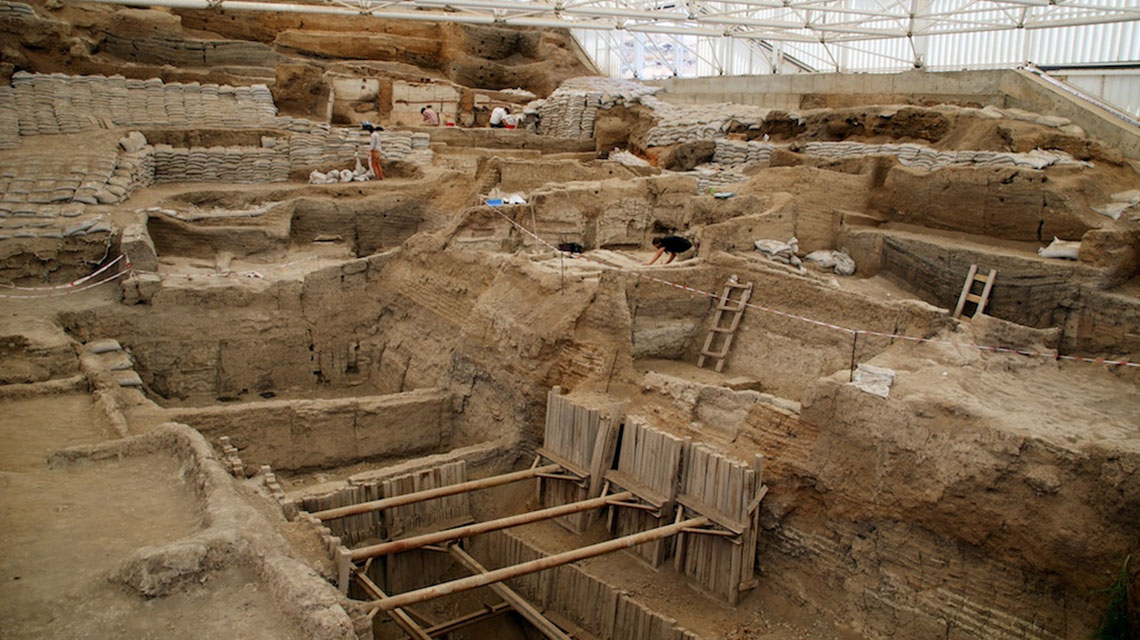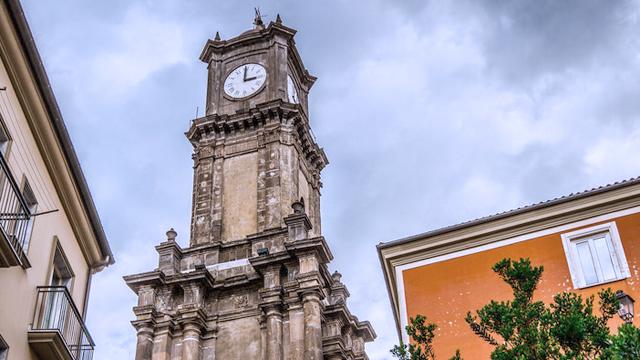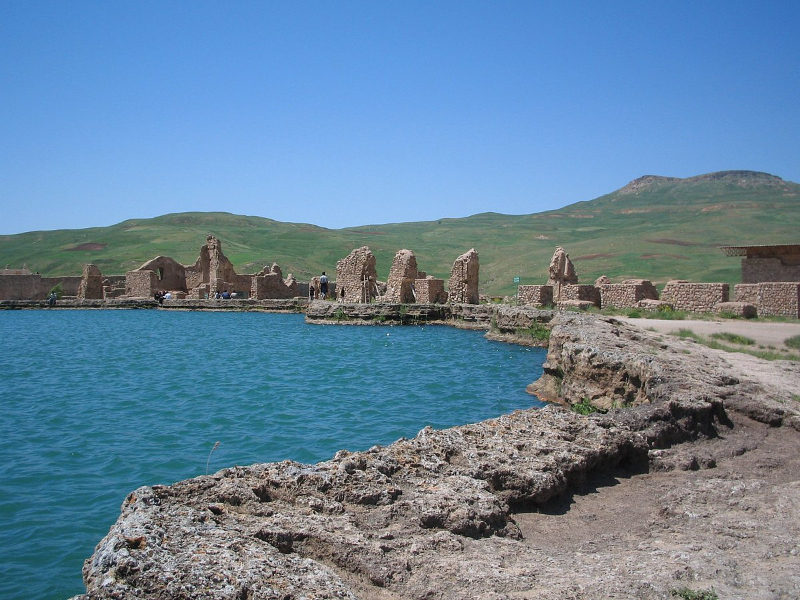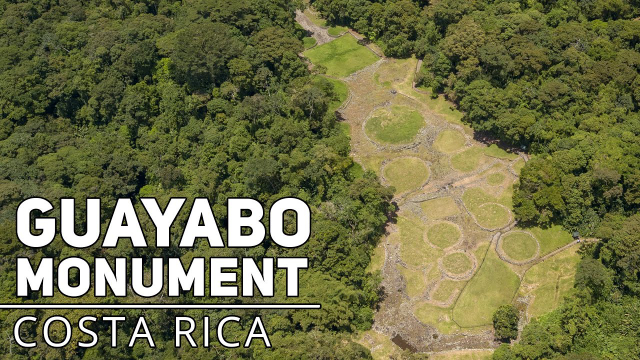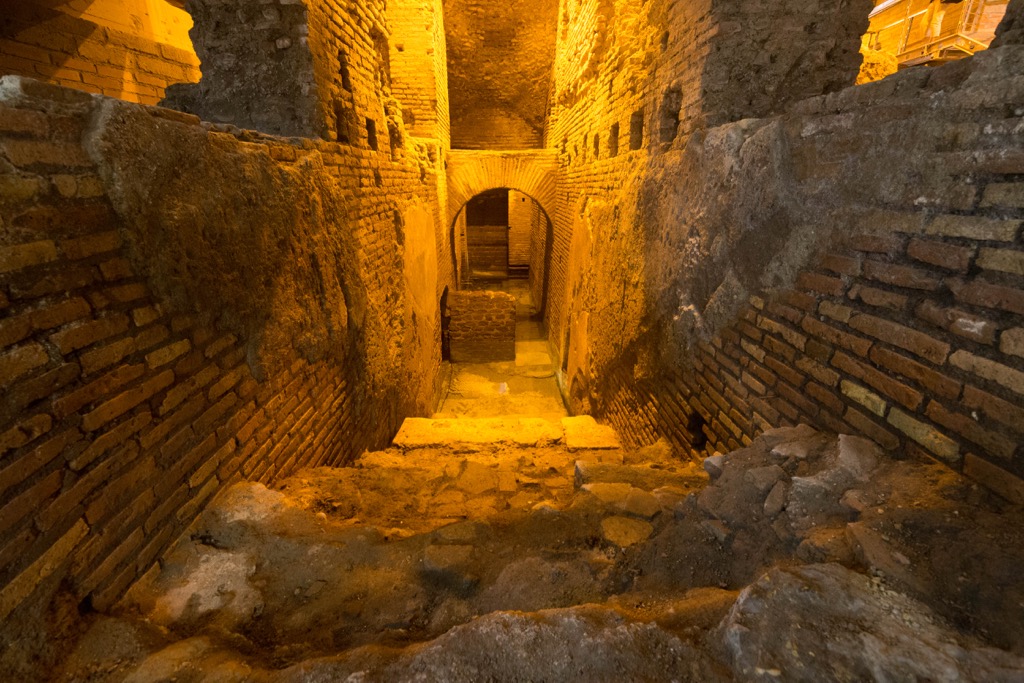The ancient city of Çatalhöyük in the southern Anatolia region of Turkey was inhabited between 7500 BCE to 5700 BCE. It was a Neolithic settlement made entirely of domestic buildings, with no obvious signs of any public buildings. The ruins have been dubbed the “honeycomb city” because of the maze-like layout of the houses.
Archaeologists have uncovered 18 distinct layers of building with each layer representing a different era in the city’s history. In addition to houses, researchers have found several artifacts including wall murals, reliefs, sculptures, and the heads of animals mounted on walls. In 2012, Çatalhöyük was designated a UNESCO World Heritage Site.
